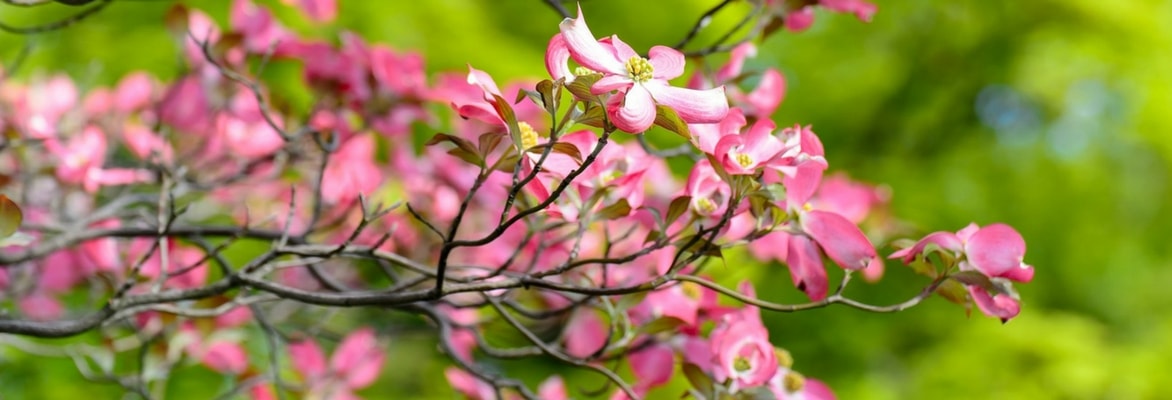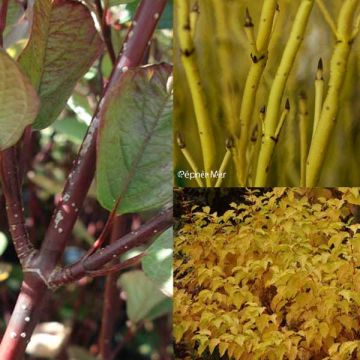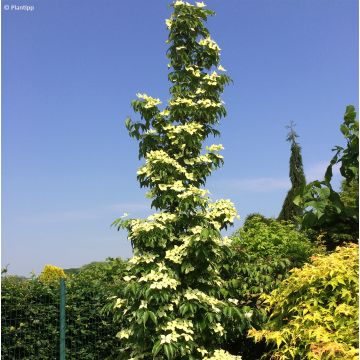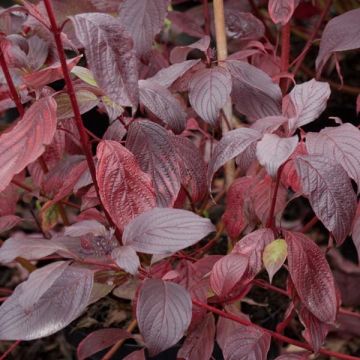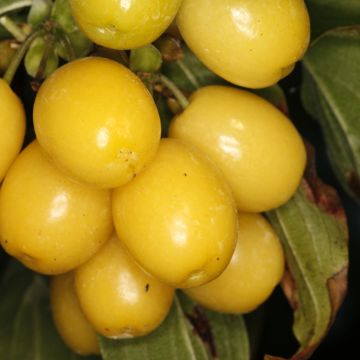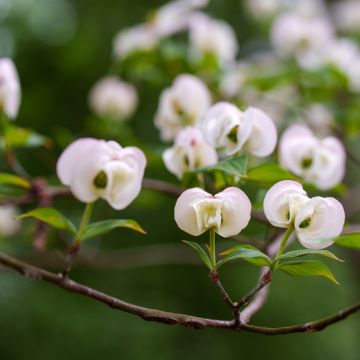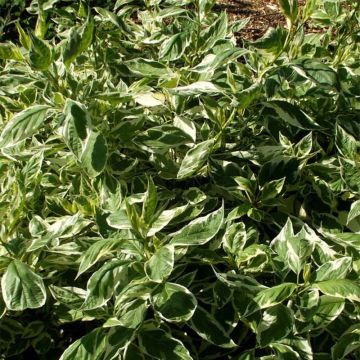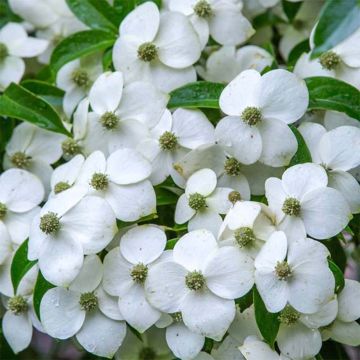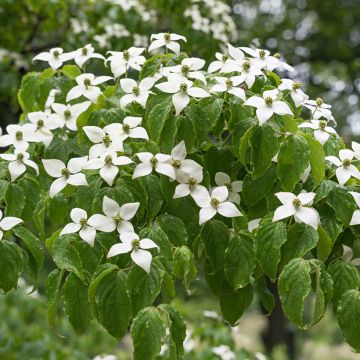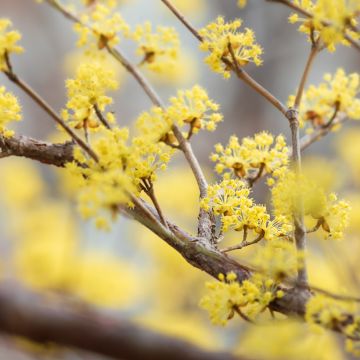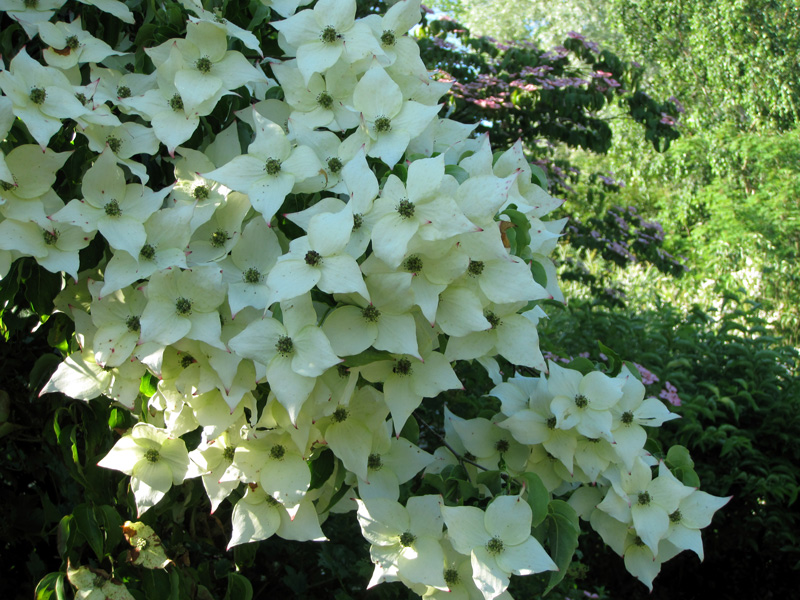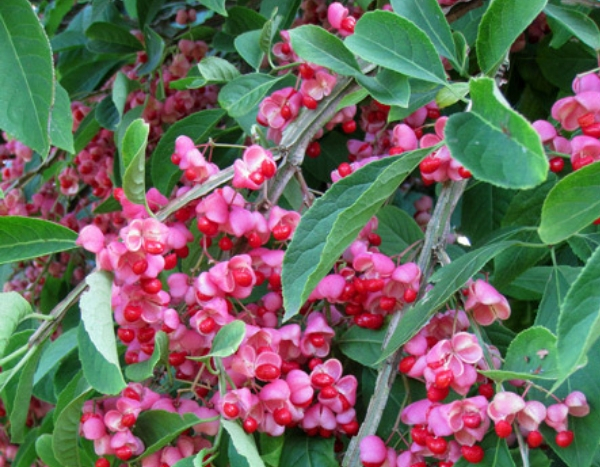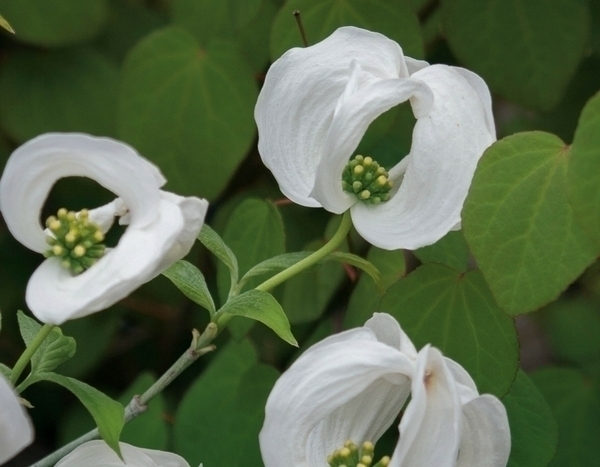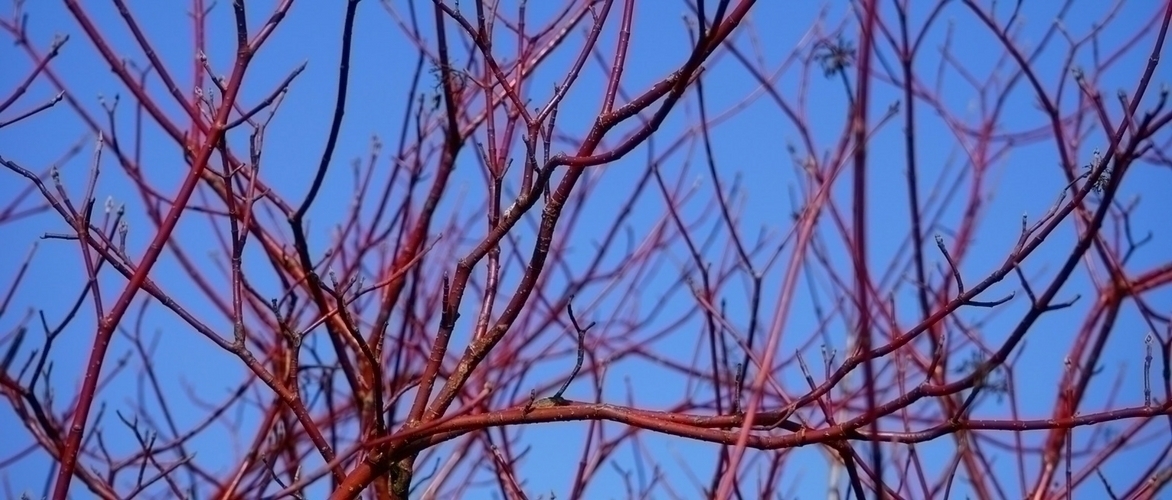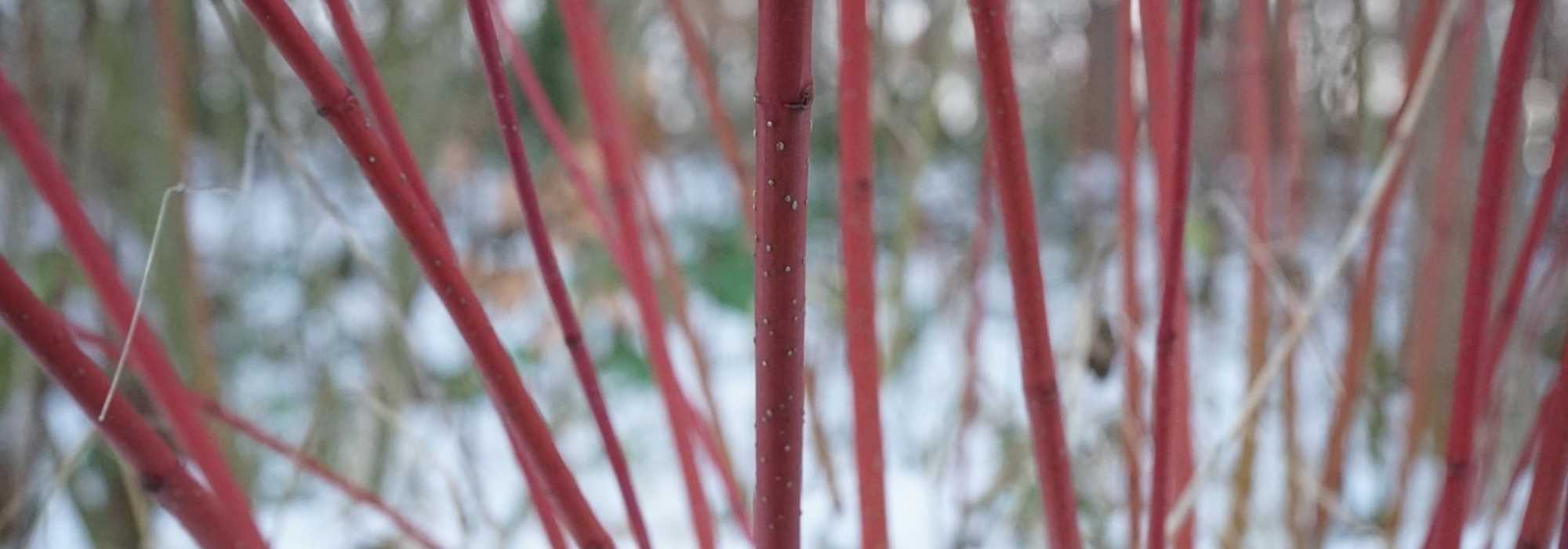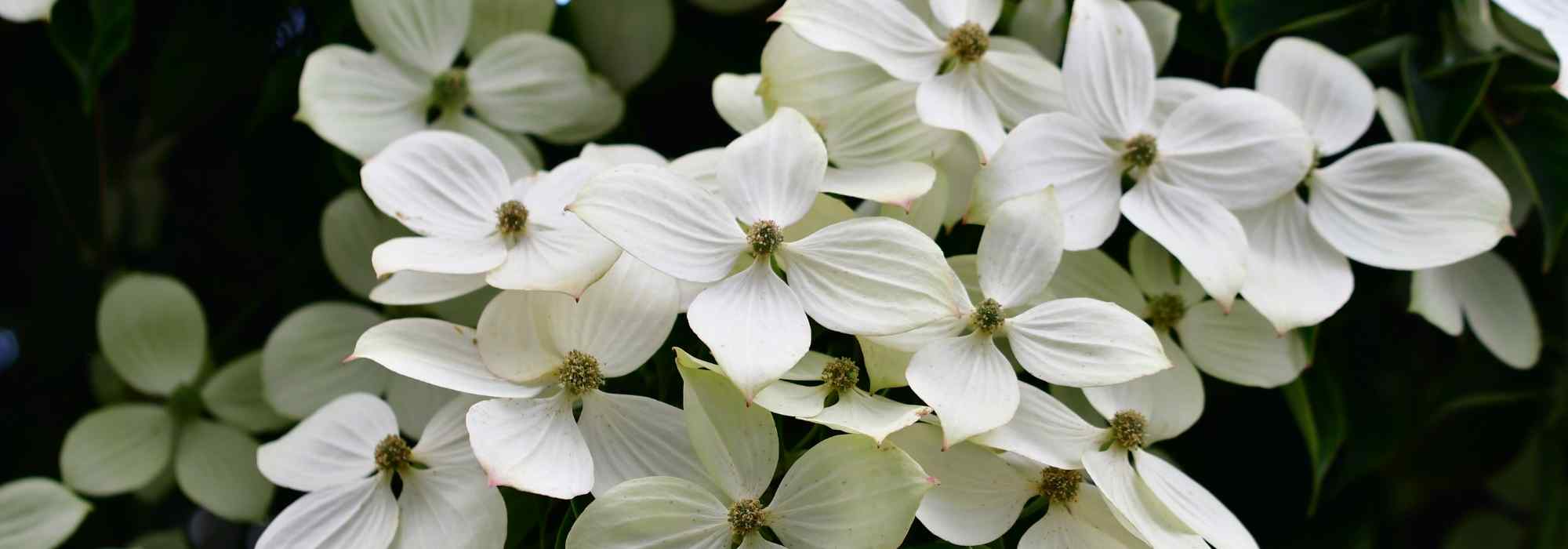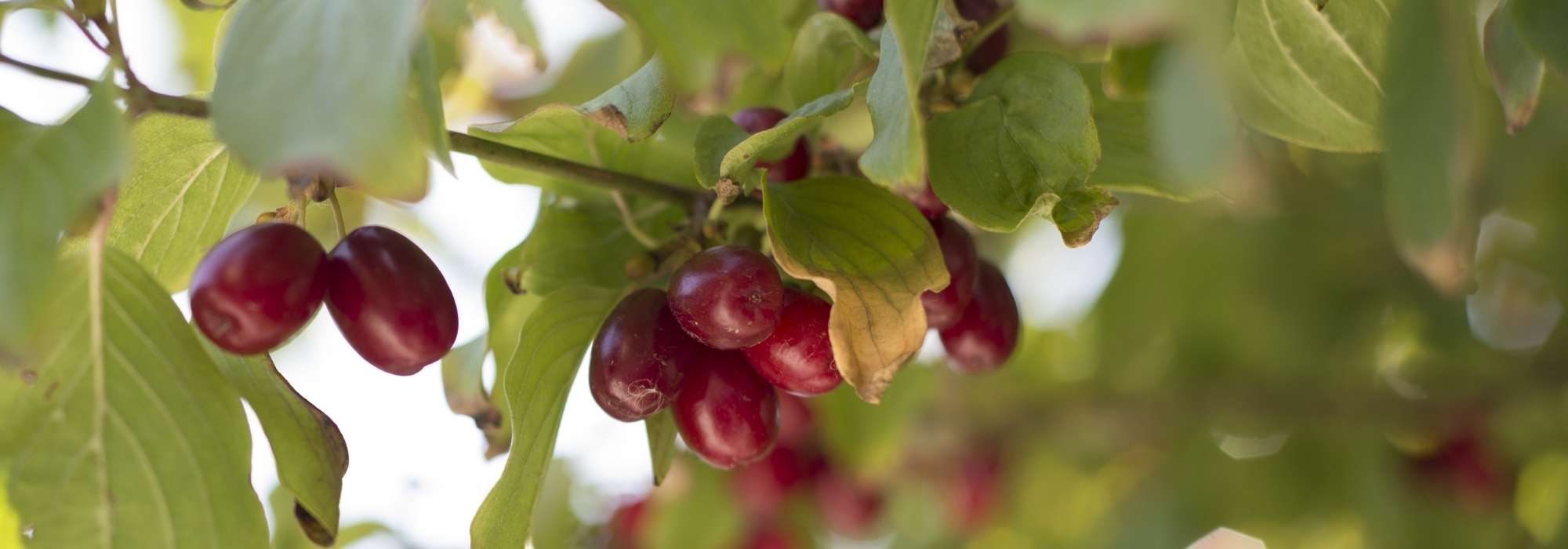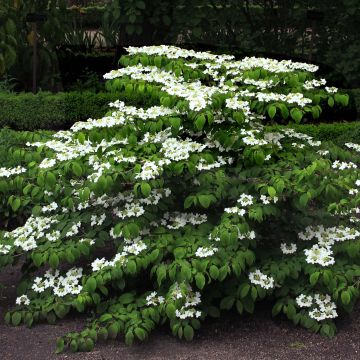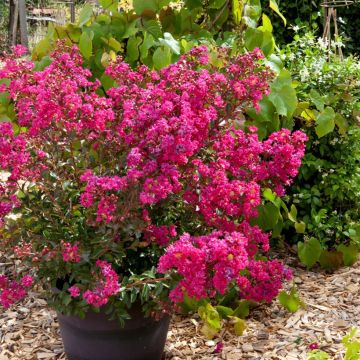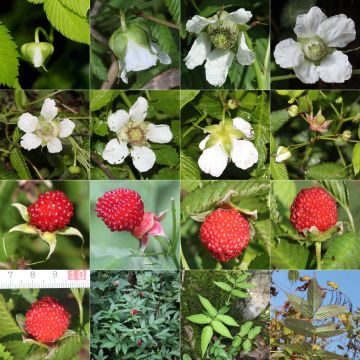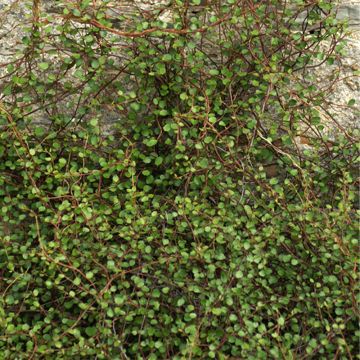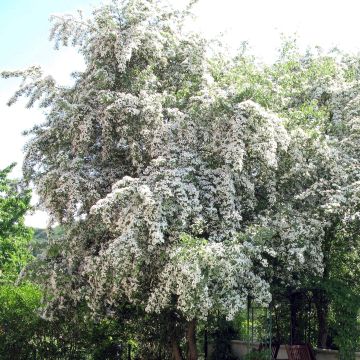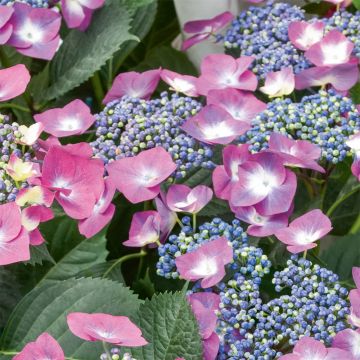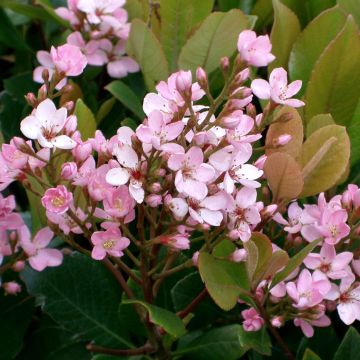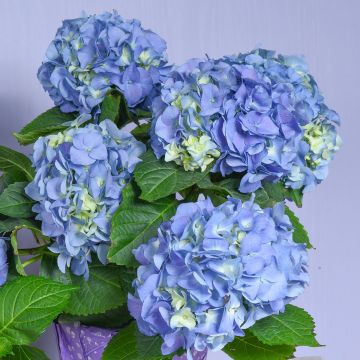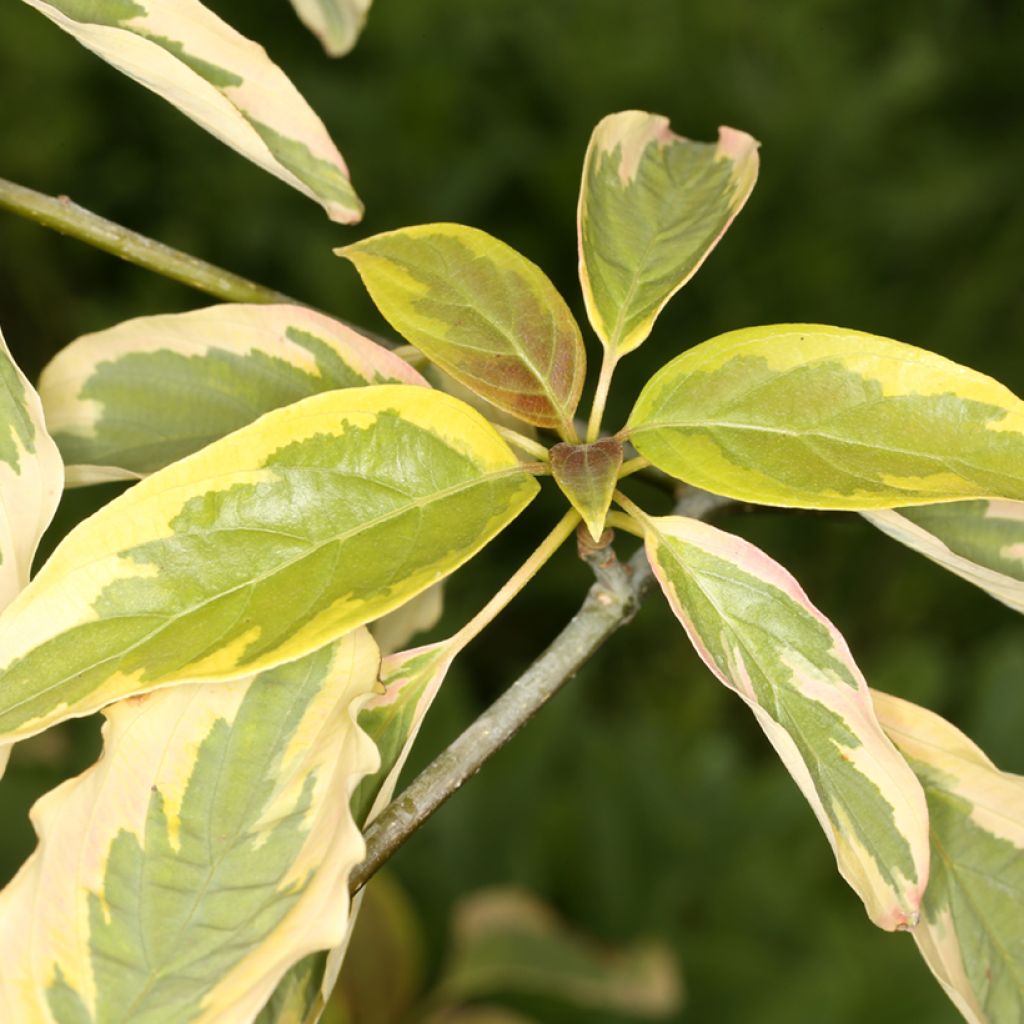

Cornus controversa Gold Star - Giant Dogwood
Cornus controversa Gold Star - Giant Dogwood
Cornus controversa Gold Star
Giant Dogwood, Wedding Cake Tree
Special offer!
Receive a €20 voucher for any order over €90 (excluding delivery costs, credit notes, and plastic-free options)!
1- Add your favorite plants to your cart.
2- Once you have reached €90, confirm your order (you can even choose the delivery date!).
3- As soon as your order is shipped, you will receive an email containing your voucher code, valid for 3 months (90 days).
Your voucher is unique and can only be used once, for any order with a minimum value of €20, excluding delivery costs.
Can be combined with other current offers, non-divisible and non-refundable.
Home or relay delivery (depending on size and destination)
Schedule delivery date,
and select date in basket
This plant carries a 24 months recovery warranty
More information
We guarantee the quality of our plants for a full growing cycle, and will replace at our expense any plant that fails to recover under normal climatic and planting conditions.
Does this plant fit my garden?
Set up your Plantfit profile →
Description
The Cornus controversa Gold Star is a variety of Pagoda Dogwood that is irresistible for its very bright variegated foliage. This beautiful bush has a moderate growth habit and forms very aesthetic layers of vegetation, with green leaves that are mostly margined with yellow. In late spring, the bush is adorned with flattened white inflorescences, followed by decorative blue-black fruits in August. Deciduous, it loses its foliage at the beginning of winter, allowing for the admiration of its characteristic branches.
The Dogwood belongs to the small family of Cornaceae, which, after several changes in botanical classification, now only includes the genera Cornus and Alangium. There are several dozen species of Dogwood, most of which are shrubs, but some, like Cornus nuttallii or Cornus kousa, form small trees. This is also the case with Cornus controversa, native to China, Korea, and Japan, where it can reach heights of up to 12m. It has a straight trunk and a vegetation that forms horizontal layers, evoking the distinctive architecture of pagodas in the Far East, which is where it gets its common name from.
Gold Star is a horticultural variety that is easy to recognise by its variegated foliage. In spring, the young leaves are a medium green with yellow margins, which brightens up the bush, especially if it is planted in partial shade, a situation it prefers. This yellow variegation is irregular from one leaf to another, and can cover up to half of the leaf surface in some cases. The variegation is particularly yellow on young shoots at the end of branches, but slightly less vibrant on older leaves. The oval, acuminate leaves (with a sharply tapered point) measure from 7 to 12 cm long and are carried by flexible petioles.
Spontaneously, the bush produces branches that grow almost horizontally, slightly upward, and with age, they give the plant a pagoda-like silhouette that is characteristic of the species and highly sought after by enthusiasts. After 10 years of planting, this Dogwood will reach a height of 2 to 2.40m and, at maturity, 4m in height and 3m in spread. In May-June, small cream-white flowers, grouped in 10cm diameter cymes, develop above the foliage, creating a pleasant scene in the garden. They then evolve into small spherical fruits, initially green, which turn blue-black from August onwards, adding new ornamental interest to the plant.
In autumn, the foliage takes on pleasant warm colours before falling to the ground and revealing the layered architecture of the bush.
This variegated Pagoda Dogwood will be perfectly suited to a shaded area of the garden, where it will illuminate with its bright foliage. Combine it with other plants with foliage and add some flowering plants, as well as plants with decorative bark, to create an attractive scene all year round. The classic but essential purple/variegated contrast is always spectacular. The Weigela florida Alexandra, with its almost black leaves, will be perfect for this composition and will also offer a beautiful flowering of deep pink bells at the same time as the Dogwood. To extend the flowering period from August to October, plant the superb Hydrangea paniculata Bobo, a compact Hydrangea whose ball-shaped vegetation completely disappears under the panicles of white flowers in summer. And to bring colour to the winter, go for the Paperbark Maple (Acer griseum) with its elegantly peeling copper-coloured bark that catches everyone's eye in the off-season, not to mention the stunning red foliage in autumn. Another beauty among the Maples is the Acer conspicuum Red Flamingo, which offers foliage harmoniously blending green, cream-white, and pink. The trunk bark is "snake skin" type, green with purplish veins, while the young branches display an incredible coral red. Make sure to interpose a green-leaved shrub between this Maple and your Dogwood to fully enjoy their respective adornments without visual competition!
Plant habit
Flowering
Foliage
Botanical data
Cornus
controversa
Gold Star
Cornaceae
Giant Dogwood, Wedding Cake Tree
Cultivar or hybrid
Other Cornus
View all →Planting and care
Easy to grow, this Cornus controversa Gold Star requires little maintenance, as pruning is unnecessary as it naturally takes on its distinctive habit. It prefers a fresh, humus-bearing soil, not too chalky to slightly acidic, and above all not drying out. Plant it in a sunny location only in less sunny climates, elsewhere choose a semi-shaded spot to protect it from the burning rays of too much sun. The shade will also enhance the brightness of the young foliage. Dig a hole 50 or 60 cm on each side and in depth, and if your soil is slightly chalky, mix acidic planting compost (based on turf) with the existing soil, as well as compost or leaf mould. The same advice applies to sandy soil, where it is essential to increase water retention. In this case, dig a larger planting hole and incorporate a large amount of compost. If the soil is already neutral or acidic, a slight addition of compost and manure will be sufficient at planting. For maintenance, regularly apply fertiliser, as this Cornus is a bit greedy, and also use pine bark as mulch to maintain acidity in alkaline soils. Very hardy, resistant to -20°C, it requires little maintenance, except for watering during hot periods.
Planting period
Intended location
Care
Planting & care advice
This item has not been reviewed yet - be the first to leave a review about it.
Similar products
Haven't found what you were looking for?
Hardiness is the lowest winter temperature a plant can endure without suffering serious damage or even dying. However, hardiness is affected by location (a sheltered area, such as a patio), protection (winter cover) and soil type (hardiness is improved by well-drained soil).

Photo Sharing Terms & Conditions
In order to encourage gardeners to interact and share their experiences, Promesse de fleurs offers various media enabling content to be uploaded onto its Site - in particular via the ‘Photo sharing’ module.
The User agrees to refrain from:
- Posting any content that is illegal, prejudicial, insulting, racist, inciteful to hatred, revisionist, contrary to public decency, that infringes on privacy or on the privacy rights of third parties, in particular the publicity rights of persons and goods, intellectual property rights, or the right to privacy.
- Submitting content on behalf of a third party;
- Impersonate the identity of a third party and/or publish any personal information about a third party;
In general, the User undertakes to refrain from any unethical behaviour.
All Content (in particular text, comments, files, images, photos, videos, creative works, etc.), which may be subject to property or intellectual property rights, image or other private rights, shall remain the property of the User, subject to the limited rights granted by the terms of the licence granted by Promesse de fleurs as stated below. Users are at liberty to publish or not to publish such Content on the Site, notably via the ‘Photo Sharing’ facility, and accept that this Content shall be made public and freely accessible, notably on the Internet.
Users further acknowledge, undertake to have ,and guarantee that they hold all necessary rights and permissions to publish such material on the Site, in particular with regard to the legislation in force pertaining to any privacy, property, intellectual property, image, or contractual rights, or rights of any other nature. By publishing such Content on the Site, Users acknowledge accepting full liability as publishers of the Content within the meaning of the law, and grant Promesse de fleurs, free of charge, an inclusive, worldwide licence for the said Content for the entire duration of its publication, including all reproduction, representation, up/downloading, displaying, performing, transmission, and storage rights.
Users also grant permission for their name to be linked to the Content and accept that this link may not always be made available.
By engaging in posting material, Users consent to their Content becoming automatically accessible on the Internet, in particular on other sites and/or blogs and/or web pages of the Promesse de fleurs site, including in particular social pages and the Promesse de fleurs catalogue.
Users may secure the removal of entrusted content free of charge by issuing a simple request via our contact form.
The flowering period indicated on our website applies to countries and regions located in USDA zone 8 (France, the United Kingdom, Ireland, the Netherlands, etc.)
It will vary according to where you live:
- In zones 9 to 10 (Italy, Spain, Greece, etc.), flowering will occur about 2 to 4 weeks earlier.
- In zones 6 to 7 (Germany, Poland, Slovenia, and lower mountainous regions), flowering will be delayed by 2 to 3 weeks.
- In zone 5 (Central Europe, Scandinavia), blooming will be delayed by 3 to 5 weeks.
In temperate climates, pruning of spring-flowering shrubs (forsythia, spireas, etc.) should be done just after flowering.
Pruning of summer-flowering shrubs (Indian Lilac, Perovskia, etc.) can be done in winter or spring.
In cold regions as well as with frost-sensitive plants, avoid pruning too early when severe frosts may still occur.
The planting period indicated on our website applies to countries and regions located in USDA zone 8 (France, United Kingdom, Ireland, Netherlands).
It will vary according to where you live:
- In Mediterranean zones (Marseille, Madrid, Milan, etc.), autumn and winter are the best planting periods.
- In continental zones (Strasbourg, Munich, Vienna, etc.), delay planting by 2 to 3 weeks in spring and bring it forward by 2 to 4 weeks in autumn.
- In mountainous regions (the Alps, Pyrenees, Carpathians, etc.), it is best to plant in late spring (May-June) or late summer (August-September).
The harvesting period indicated on our website applies to countries and regions in USDA zone 8 (France, England, Ireland, the Netherlands).
In colder areas (Scandinavia, Poland, Austria...) fruit and vegetable harvests are likely to be delayed by 3-4 weeks.
In warmer areas (Italy, Spain, Greece, etc.), harvesting will probably take place earlier, depending on weather conditions.
The sowing periods indicated on our website apply to countries and regions within USDA Zone 8 (France, UK, Ireland, Netherlands).
In colder areas (Scandinavia, Poland, Austria...), delay any outdoor sowing by 3-4 weeks, or sow under glass.
In warmer climes (Italy, Spain, Greece, etc.), bring outdoor sowing forward by a few weeks.






























